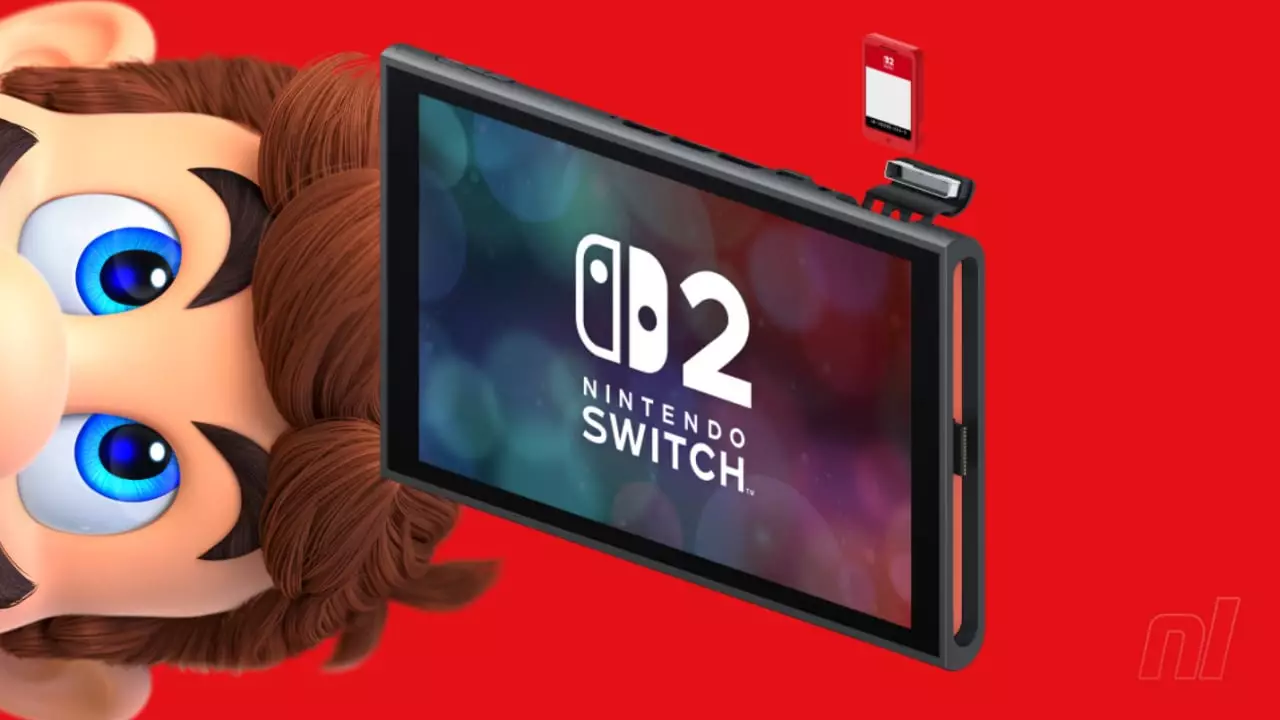Nintendo is no stranger to innovation in the gaming landscape, but the recent introduction of Game-Key Cards for their upcoming Switch 2 console raises eyebrows and questions. Conceived as a hybrid between physical cartridges and digital downloads, these Game-Key Cards might leave gamers caught between nostalgia and modernity. This new initiative, as outlined on the Nintendo website, is billed as a convenient way to access games while still embracing the physical format. However, a closer examination reveals that the concept may be more flawed than innovative, leading many to wonder whether Nintendo is truly revolutionizing the gaming experience or merely repackaging a less popular business model.
A Closer Look at What Game-Key Cards Offer
At first glance, Game-Key Cards appear to be a solution for blending the charm of physical media with the efficiency of digital downloads. Players simply insert the card into their console and download the game data via the internet, creating an illusion of ownership. However, the reality is less appealing: the card does not contain the complete game data but serves solely as a key to access it. While this may promise a “physical” gaming experience, it essentially alludes to a digital storefront hidden behind a cardboard facade. Gamers who yearn for the tactile pleasure of owning a physical game may feel rather duped upon realizing that the Game-Key Card is just a vessel for a remote download.
Flaws in Design: Why It’s Not Quite Ideal
One can only cringe at the logistics of achieving a gaming experience rooted in ‘physical ownership’ when the Game-Key Cards may only offer a fraction of the game on the cartridge itself. Picture this: gamers hoarding their physical game collections, only to discover they must often be online to actually play. The requirement for ample storage space—whether on the console’s memory or a microSD Express card—further detracts from the convenience that the analog world promises. After all, why would players want to insert a card into their device only to spend time downloading data that would have ideally been available in its entirety from the start?
The implications for third-party developers cannot be understated either. It seems Game-Key Cards provide a loophole for publishers to create a semblance of a physical product without incurring the costs associated with developing substantial game carts. In essence, this practice sidesteps the necessity for large, advanced cartridges needed for modern gameplay while providing an illusion of offering a physical media option—an ethically dubious strategy that feels exploitative towards both retailers and consumers alike.
A Mixed Reception: Enthusiasm versus Skepticism
Reactions from the gaming community have been decidedly mixed. While some enthusiasts are holding out hope that Game-Key Cards may lead to better storage methodologies or even improved access to indie titles, the general sentiment seems to lean heavily toward skepticism. Many seasoned gamers feel betrayed, questioning whether this move is a genuine effort to modernize gameplay or merely a calculated strategy to capitalize on nostalgia. After all, isn’t the essence of gaming about immersiveness? Mid-game downloads disrupt that immersion and potentially remove the joy that comes with unboxing a complete product.
Furthermore, engaging the gaming community requires more than introducing a shiny new concept. It demands clear communication and transparency from companies like Nintendo. Promises made by large corporations must translate into tangible deliverables if they wish to maintain loyalty. As it stands, Game-Key Cards appear to be a halfhearted attempt to appease traditionalists while pushing the envelope of digital accessibility—a paradox that could alienate both demographics.
The Future: What Lies Ahead for Nintendo?
As the gaming giant prepares for the transition to the Switch 2, the introduction of Game-Key Cards may symbolize a larger trend toward commodifying digital experiences. Whether this will preclude future generations of gamers from ever experiencing the joy of true ownership remains to be seen. Nintendo clearly has a lot riding on this decision, and as players, it’s our prerogative to remain vigilant. Are these Game-Key Cards heralding a new era of gaming convenience, or are they simply rewrapping a poorly received concept in a new package? Only time—and perhaps better communication from Nintendo—will tell.

